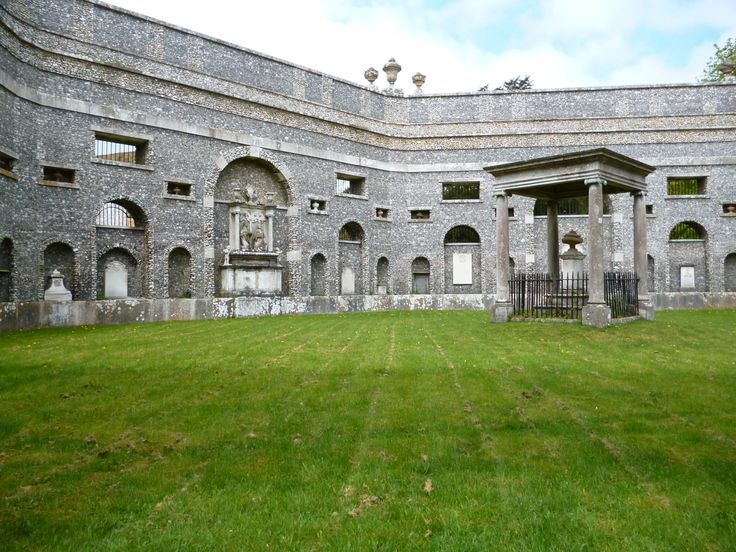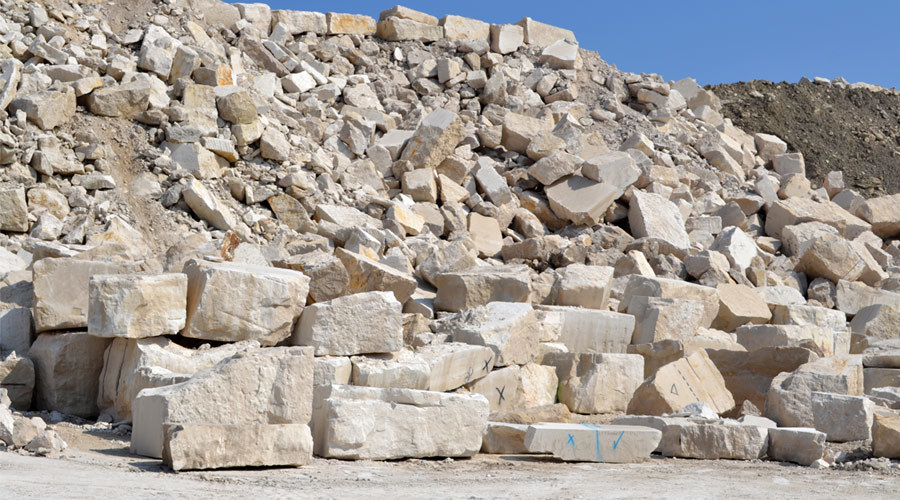The Church of St Lawrence in West Wycombe is a beautiful building in a stunning location. Steeped in history, the link between this Christian place of worship and the many myths and legends surrounding the secretive Hellfire Club make it a fascinating place to visit.

Church of St Lawrence and the Dashwood Mausoleum
West Wycombe is a picturesque village in the Chilterns Area of Outstanding Natural Beauty, and is managed by the National Trust. The village itself sits in the valley between West Wycombe Park, ancestral home of the Dashwood family to the south, and the hill on which St Lawrence's church sits to the north. Visitors will recognise the area as the location of multiple television and film productions. The house is still lived in by the Dashwood family though parts of the house are open to the public in the summer months - check the National Trust website for details.

West Wycombe Park
History
West Wycombe Hill, on which the Church of St Lawrence now sits, was naturally formed between 66 million and 145 million years ago in the Cretaceous period. At that time this entire area was submerged below a warm, deep ocean and the chalk that makes up the hills in this area was laid down in the form of sediment, in much the same way that the element in an old kettle furs up over time. This sediment was compacted and hardened over the millennia and when the sea level dropped after the last Ice Age the landscape formed much as it can be seen today.

Church Interior
The Church of St Lawrence wasn't the first use of this land by human habitation. Archaeological excavations in the area have found evidence of an Iron Age hill fort in the same location where the church now sits. When you stand at the viewpoint in front of the mausoleum (see reference point) it is not difficult to see why this has been an important strategic location. During the Christianisation of Britain in the Dark Ages the hill fort disappeared and was replaced by a church - much of which has been engulfed by the vast eighteenth century additions.

Golden ball, showing the access hatch
It would be remiss to bring you to this location without a brief explanation of the impact of the Dashwoods, and the link to the pseudo-ritualistic group known as the Hellfire Club. When Sir Francis Dashwood came into possession of West Wycombe Park in the mid eighteenth century he set about a complete remodelling of the entire estate to meet his individual taste and the fashion of the era. Nothing escaped his design ambitions, and the church on the hill was no different. The church was enlarged and the interior remodelled to resemble an Egyptian temple with ceiling frescoes that wouldn't look out of place in a stately mansion. Atop the church he placed a Venetian golden ball, which was actually a room in which the Hellfire Club reputedly met. The ball had enough space to seat ten people and was accessed via steps leading up from the top level of the tower. The access hatch to the ball can still be seen today though the ball is no longer accessible due to health and safety concerns.
Earth Lesson
Almost the entire fabric of the church, and of the adjacent mausoleum of the Dashwood family, is made from a combination of local flint, locally produced brick and Portland limestone.

Interior of the mausoleum
Modern geologists are still at a loss to explain exactly how flint is formed. Made of silicon dioxide, flint is a bio-sedimentary material that was probably formed out of the remains of sea creatures that existed in the warm deep ocean described above. Flint is abundantly available in the chalk landscape across much of Europe. It has a very fine crystalline grain that gives it a glassy texture when it is broken open. Flint will fracture when struck, making it the material of choice for the production of tools by early humans. It was also used widely as a building material throughout much of southern Britain.

Brick making
Traditionally bricks were formed from baked clay, though today multiple substances are used to produce bricks. In the eighteenth century, when the bricks that went into the fabric of the church were made, they would have been composed of locally sourced clay, baked on site in temporary kilns constructed for precisely that purpose. They are therefore an important source of information about the local geology. The material for these bricks would have come from clay beds in the village of West Wycombe. They would have then been formed into oblong blocks using moulds similar to that pictured above and then baked at a very high temperature. There is a broad band of alluvium, from which the clay is extracted, running along the valley bottom from West Wycombe all the way to Maidenhead and this produces bricks in a variety of colours from bright red through to deep brown, depending on the impurities found in the clay.

A limestone quarry
Limestone is a sedimentary rock composed mainly of the skeletal fragments of organisms such as corals, forams and molluscs. Similar to the chalk landscape and the flint described above, limestone formed during the cretaceous period when this area was underwater. Chalk is actually a form of limestone and the Chiltern Hills sit on a seam of limestone stretching from Portland in Dorset all the way up to East Anglia. Limestone can be a variety of colours, from creamy white through to deep grey, depending on the number of impurities and other minerals present in the rock. Limestone has been quarried locally in Buckinghamshire for centuries though the local material tends to feature more impurities than the lighter stone that comes from Dorset.
To claim this EarthCache as a find
As this is an EarthCache there is no container to find or log book to sign. Instead please answer the questions below and email your answers to me via the link to my profile at the top of the page. You may log any of my EarthCaches as found before you have heard back from me however any logs posted without a corresponding email may be deleted without further notice.
- Find a section of the flint wall on either the church or the mausoleum. Describe the flint in terms of colour, texture and size.
- Flint is a common building material in this part of the world. What is it about the properties of flint that make it a common choice?
- Find a section of brick in the wall of the church (the original church wall rather than any of the more recent extensions). Describe the colours, textures and grains of the bricks you find.
- Find a section of limestone at the base of one of the mausoleum columns. Describe the stone in terms of colour, texture and grains. Can you see any fossils in the limestone?
- Was this limestone quarried locally, or imported from elsewhere? Please explain your answer.
****************** ********************
For full information on how you can expand the Church Micro series by sadexploration please read the Place your own Church Micro page before you contact him at churchmicro.co.uk
See also the Church Micro Statistics and Home pages for further information about the series.
****************** *******************